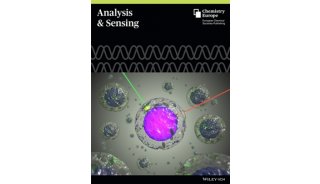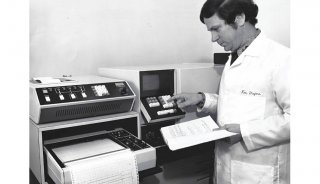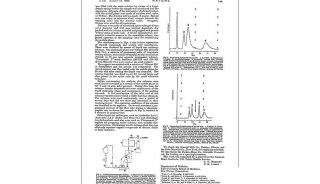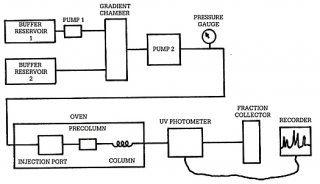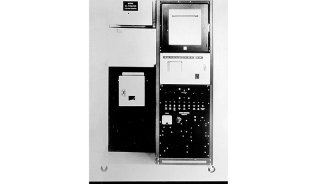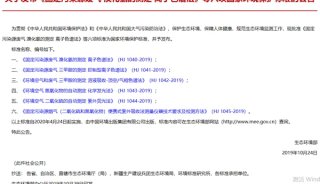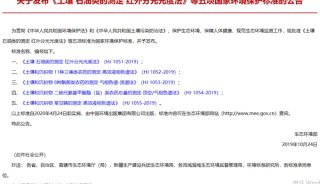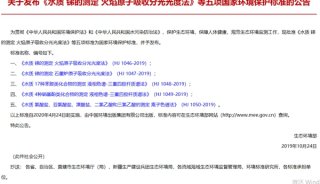Lipid analysis Week 3: GAS LIQUID CHROMATOGRAPHY
During this week, you will analyze the fatty acid composition of the individual lipid fractions recovered from the TLC plate. Gas chromatography is a very sensitive method for the separation and quantification of chemicals, and it is perfect for the analysis of fatty acid components. Like in any other chromatographic technique, separation of compounds depends on their partition between a stationary and a mobile phase.  In gas chromatography, the mobile phase is a gas that is moved through the column, while the stationary phase is a liquid film that coats the column filling (in packed columns) or the column wall (in capillary columns). Hence, the correct name for gas chromatography is "Gas Liquid Chromatography", abbreviated GLC. Compounds are injected onto the column and carried through it by the mobile phase; depending on their partition into the stationary phase, they move slower or faster. A sensitive detector is required at the end of the column to detect and quantify the compounds as they leave the column.
In gas chromatography, the mobile phase is a gas that is moved through the column, while the stationary phase is a liquid film that coats the column filling (in packed columns) or the column wall (in capillary columns). Hence, the correct name for gas chromatography is "Gas Liquid Chromatography", abbreviated GLC. Compounds are injected onto the column and carried through it by the mobile phase; depending on their partition into the stationary phase, they move slower or faster. A sensitive detector is required at the end of the column to detect and quantify the compounds as they leave the column.
While the separation principle is simple, practical considerations necessitate rather a complex experimental set-up. Compounds must be present in the gas phase so that partition between the gaseous mobile phase and the liquid stationary phase is possible. Thus, GLC must be carried out at temperatures above the boiling point of the compounds to be separated. In practice, the boiling point of many compounds, including glycerides and free fatty acids, is too high for GLC analysis. Therefore, compounds are frequently derivatized, i.e. chemically transformed into analogs that are more volatile. In the case of lipids, this is achieved by transforming fatty acids into their methyl esters.
If we want to analyze lipids other than free fatty acids, we could release the free fatty acids by hydrolyzing the glycerides and then transform the free fatty acids into their methyl esters. However, frequently it is more convenient to "methanolyze" the acylglycerides, i.e. to immediately transform the fatty acid glycerol esters into fatty acid methyl esters. This was achieved in the transmethylation reaction with BF3 and methanol.
The mobile phase in GLC is an inert gas (nitrogen); fatty acid methyl esters are retained more or less by dissolving in the stationary phase. The volatility of fatty acid methyl esters and their interaction with the stationary phase depends on the chain length and degree of desaturation. Increased chain length leads to lower volatility and increased retention; hence, methylesters with short fatty acyl chains come out first, while longer ones have higher retention times. In order to avoid extremely long retention times, one can increase the column temperature, thus increasing the volatility of the longer fatty acid methyl esters. However, short fatty acids will then not separate. If one is interested in achieving good separation of both, short and long fatty acid methyl esters, is is advantageous to use a temperature program: For the first part of the run, the column temperature is low; after the short fatty acids have passed the column, the temperature is gradually increased until all components have left.
The interaction of the mobile phase depends on its chemical nature. Non-polar phases (as SP-1) just separate according to chain length, while polar phases bind polar components more strongly than non-polar ones. For fatty acids, the non-polar phase used here separates all fatty acids only according to their chain length. Unsaturated fatty acids are eluted before the saturated molecule with the same number of carbon atoms. A typical elution profile would look like this:

 Various possibilities exist for the detection of the eluted compounds. The most commonly used device for fatty acid analysis is a Flame ionization detector. When the eluted compounds enter the FID detector, they are combusted by an intense flame and broken up into ionized fragments, which can be quantitatively detected.
Various possibilities exist for the detection of the eluted compounds. The most commonly used device for fatty acid analysis is a Flame ionization detector. When the eluted compounds enter the FID detector, they are combusted by an intense flame and broken up into ionized fragments, which can be quantitatively detected.
 The intensity of the signals depends of course on the amount injected onto the column. In capillary GLC, only very small volumes can be carried through the column. Since it is impractical to inject 1/20 of a microliter, for example, our instrument uses a split injection mode; with a split ratio of 1:20, only 5 % of the volume injected actually enters the column, while 95 % are diverted.
The intensity of the signals depends of course on the amount injected onto the column. In capillary GLC, only very small volumes can be carried through the column. Since it is impractical to inject 1/20 of a microliter, for example, our instrument uses a split injection mode; with a split ratio of 1:20, only 5 % of the volume injected actually enters the column, while 95 % are diverted.
For the exact quantitation with the GLC profile and separate standards, it would be necessary to known what proportion of your total lipid fraction was injected onto the column. This, however, is impossible, given the small injection volume and the various steps involved in the sample preparation. Therefore, we added prior to the lipid extraction step a mixture of internal standards; these were equal amounts of phospholipids, mono- di- and triacylglycerol and free fatty acids which only contained odd-numbered fatty acid chains; these do not naturally occur in animals, and thus any peak in the GLC profile belonging to an odd-numbered fatty acid must come from the internal standard. Since losses in handling etc. are identical for natural lipids and internal standards, we can directly determine how much of each lipid class was present in our lipid extract by simply comparing the sum of all even numbered fatty acid peaks with the peak of the internal standard.
| Column type | HP-1 |
| Injection temperature | 260 °C |
| Detector temperature | 280 °C |
| Program start @ | 180 °C |
| Initial tim | 1 min |
| Rate | 4 °C/min |
| Final temp | 260 °C |
| Final time | 8 min |
| Run time | 29 min |
| Amount to inject | 1 -2 µl |
Experimental protocol
1. Run a blank with 1 µl of hexane.
2. Run 1 µl of fatty acid methyl ester standard to calibrate the column.
Name % Rt(example) Rt observed 14:0ME 1 4.9 min 16:0ME 4 7.5 min 18:3ME 5 10.2 min 18:2ME 12 10.2 min 18:1ME 60 10.4 min 18:0ME 3 10.8 min 20:0ME 3 14.7 min 22:1ME 5 17.9 min 22:0ME 1 18.5 min 24:0ME 3 22.3 min
3. Run your samples: PL, MAG, DAG, FFA, TAG. You may have to vary the amount depending on the amount of lipid you have. Start with dissolving the PL fraction in 50 µl of hexane, and inject 1 µl. If response is too weak, concentrate down to 10 µl.
Note that PL and DAG contain the most lipid; dissolve MAG, FFA, and TAG in less hexane. You can vary the amount injected between 0.5 and 2 µl.
Experimental Details:
A: Computer setup
Turn on computer if it is off.
Double click on GPC alias to launch the Labview data collection program, this must be done each time a sample is run through the GC.
After a short period of time a grid will appear with the following settings, Ymax should read "100" and Mode should read "Acquire".
Press the white arrow "È", the run button, located in the upper left. A grid should appear over the plot and the scale should change.
A dialogue box will come up with the desktop file/folder hierarchy, select "New". A new
dialogue box with "Untitled Folder" highlighted in black will appear.For your first run you must create a folder for your group that will contain the files of all the GLC runs carried out by your group. Type a name representative of your group over the highlighted "Untitled Folder". Select "Folder" after the name is entered.
Another dialogue box will appear with your folder name in the header. Select "New". A dialogue box will now appear asking you to name the file for your GLC run. Type over the "Untitled Folder" with your selected name. Make the file name descriptive for the run you are carrying out so it will be easy to discern from the rest later. Select "File" after naming the run.
The program will now return to the grid to allow you to begin the run. It is probably best to keep your group folder at the desktop level of the hierarchy so it is easy to find. Just make sure that all subsequent files for your group are placed into this folder.
For each subsequent run you must quit the current run. To do this click the small box in the upper left of the grid and the grid will disappear. You must now launch the GPC alias on the desktop and go through the above procedure again except for creating your group folder. Just move about the folder/file hierarchy to find your group folder, open it, type in a name for the new run to be carried out and select "New". The program will move you to the grid to begin your next run.
-
焦点事件
